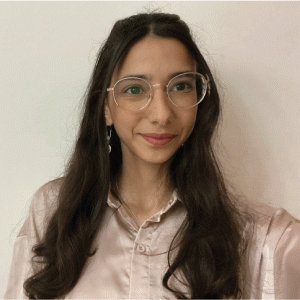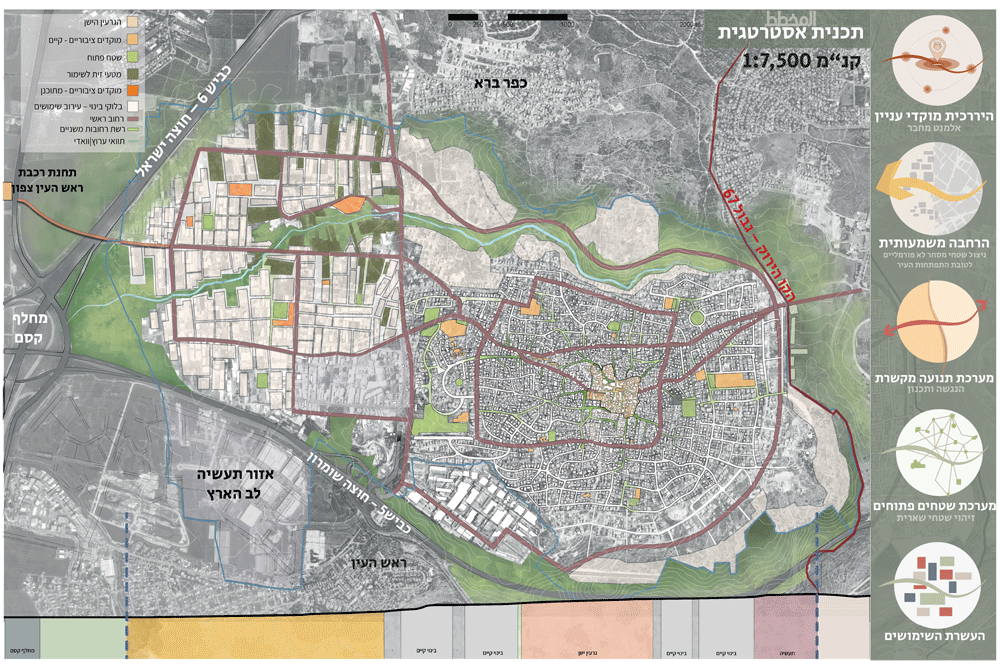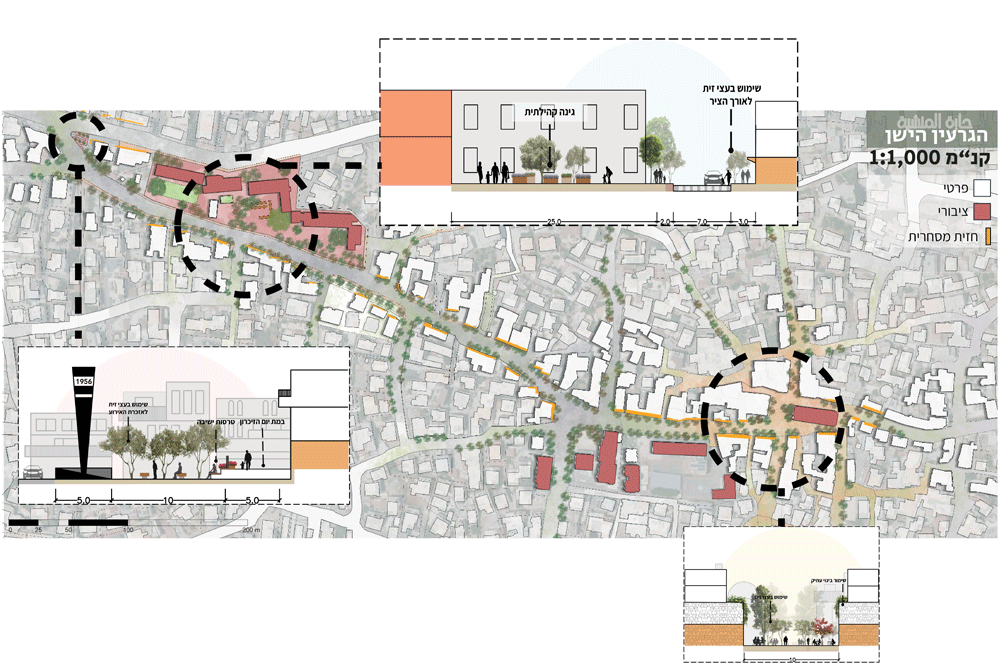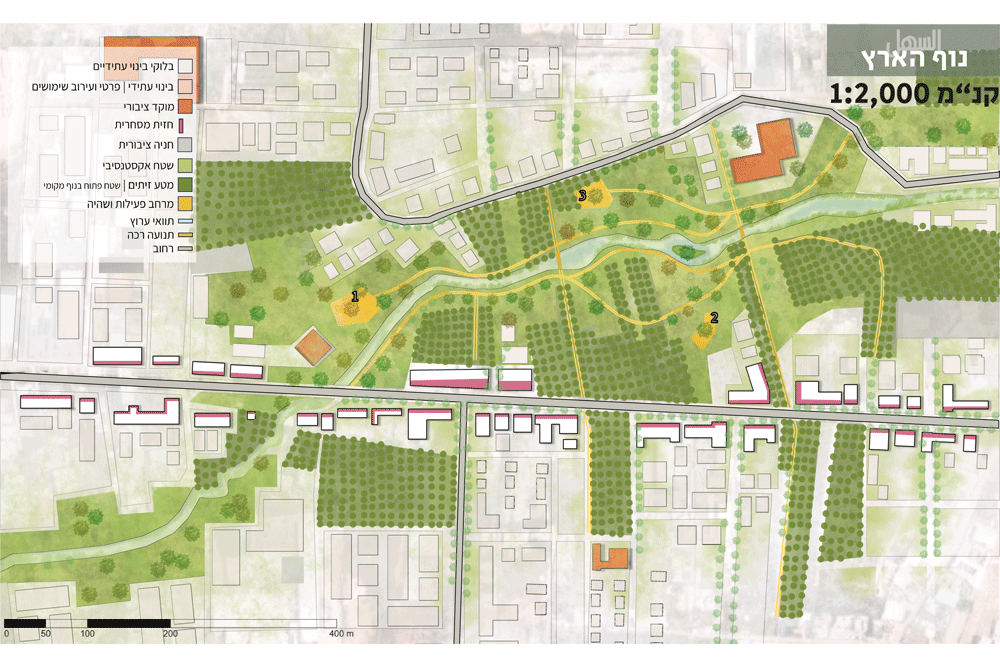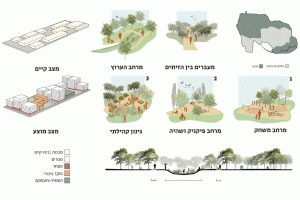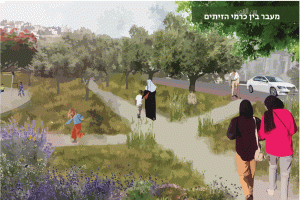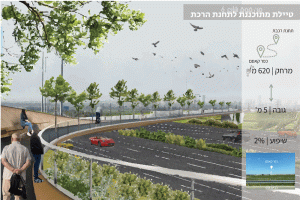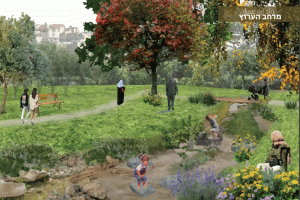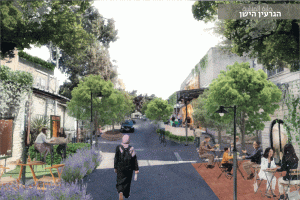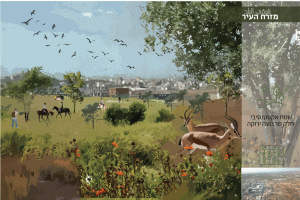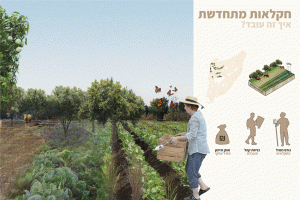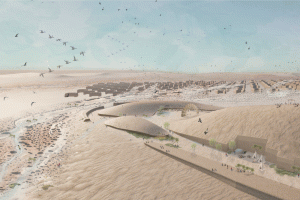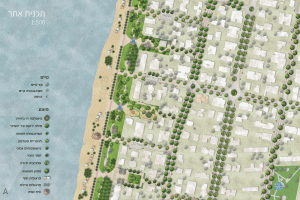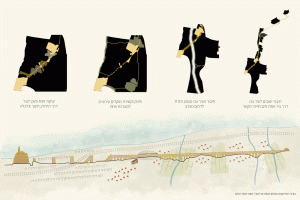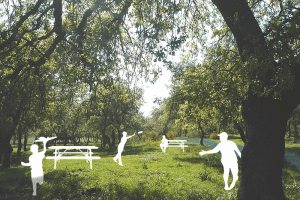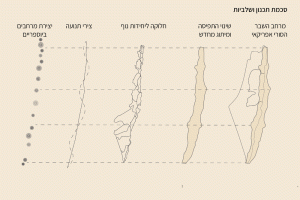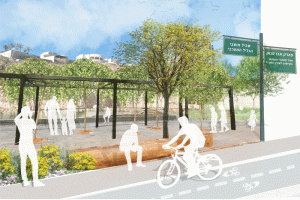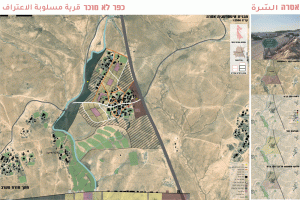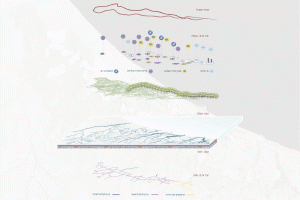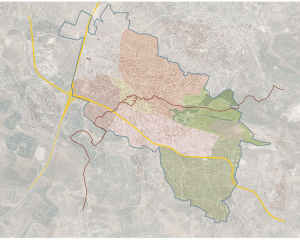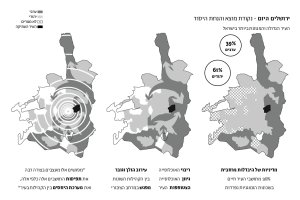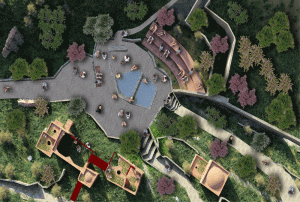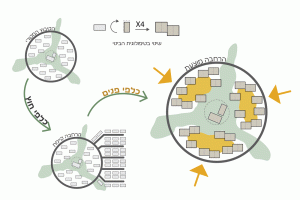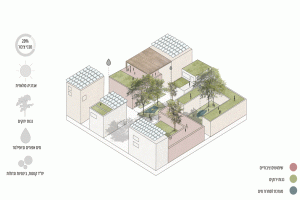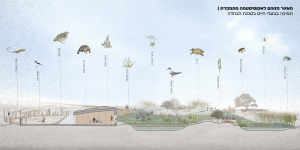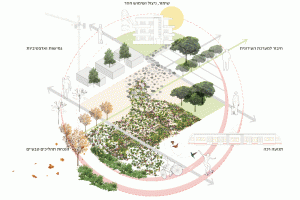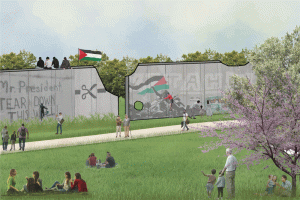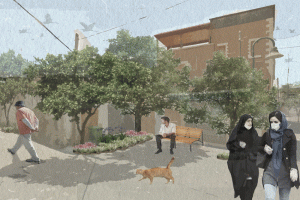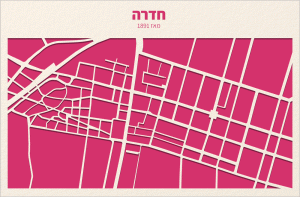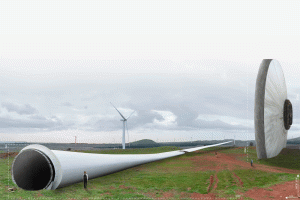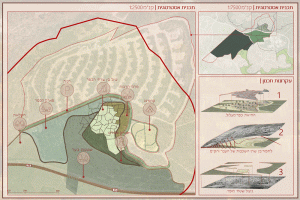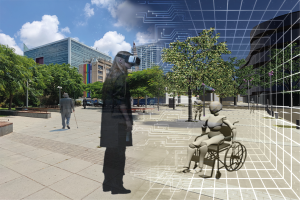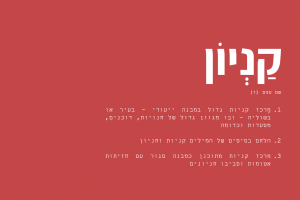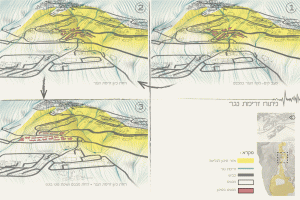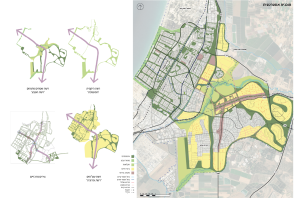The Web | Potential Versus Challenge in the Development of Kufur Qassim
Over the years, Arab towns in Israel have undergone a gradual process of development, from a rural texture to a dense urban texture. In most towns and cities, this process was not based on or guided by proper planning; instead, these areas grew and expanded randomly from a dense historical core. After the establishment of Israel, the Arab population grew sevenfold in the first 50 years. Despite this, in national and local master plans, the scope of lands designated for residential use did not change, and the restrictions on them increased through methods such as land expropriation, the imposition of significant borders and barriers, and a reduction in the designations of these areas and land uses. In the context of Kufur Qassim, which is located in the highly strategic central district, land-use restrictions are associated with several spatial, economic, social, and environmental issues, all of which have negative impacts on city development.
The project outlines a vision that utilizes the potential of the city’s lands and its unique characteristics, creating an opportunity to address the challenges of expansion while considering Kufur Qassim’s cultural and natural values, as well as creating a base for an orientation system to enrich the uses and empower the community. To meet these goals, the concept “landscape of recognition” is used, in which the urban fabric is revitalized by identifying and giving presence to local values. This will also involve emphasizing significant traffic axes, developing public centers, and utilizing the location’s olive groves to make them part of the whole network in general and of the open spaces network in particular. In essence, the project proposes a network of accessible public spaces that extend throughout the city through different stories and statements along the “recognitions” axis, including returning expropriated lands to their owners, strengthening and revitalizing the existing urban fabric, revitalizing the presence of natural and environmental values, and planning new areas for urban development.



